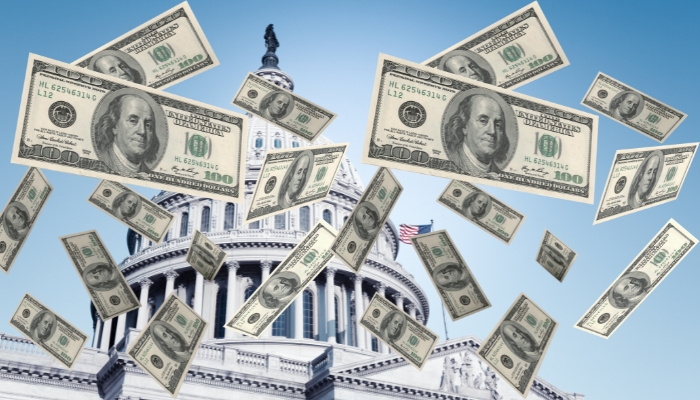Oil Prices Soar on Saudi-Russia Output Cut Extension
Anúncios
Oil prices have surged to new highs for the year as Saudi Arabia and Russia, the world’s top crude exporters, announced an extension of their production cuts for at least another three months.
Brent crude, the global benchmark, rose by 1.8%, reaching over $90 per barrel, while West Texas Intermediate (WTI), the US benchmark, increased by a similar margin to $87 per barrel.
This move by Saudi Arabia and Russia reinforces the efforts of the OPEC+ alliance, which includes members of the Organization of the Petroleum Exporting Countries (OPEC) and other producers, to bolster oil prices by committing to significant and extended production reductions.
According to an official source from the Saudi Ministry of Energy, the kingdom will continue its production cut of 1 million barrels per day until the end of December. The decision will be reviewed monthly to consider whether the cut should be deepened or production increased, the source added.

The Saudi production cut, which has been in effect since July, represents one of the largest cuts in years, reducing the kingdom’s daily output to nine million barrels. This reduction is in addition to a previous cut announced by Riyadh in April 2023, which extends until the end of December 2024.
Saudi Arabia requires Brent crude to trade around $81 per barrel to balance its budget, as stated by the International Monetary Fund. The kingdom experienced a budget deficit this year after reporting a surplus in 2022, marking the first surplus in almost a decade.
Meanwhile, Russia aims to increase its revenue to support its military efforts in Ukraine. Russia’s Deputy Prime Minister, Alexander Novak, announced that the country would reduce its exports by 300,000 barrels per day through the end of 2023, extending a previous commitment. Novak mentioned that this decision was made to maintain stability and balance in the oil markets.
OPEC+ members collectively produce 40% of the world’s crude oil, and their production cuts have contributed to recent oil price increases, which could have implications for inflation and interest rates. Average US gasoline prices have also risen to $3.81 per gallon, a couple of cents higher than the same period last year.
Stephen Innes, Managing Partner at SPI Asset Management, noted, “The recent upward trajectory in oil prices has laid the groundwork for potentially elevated consumer price index figures for August. These impending oil price increases pose a new challenge for central banks as they continue their diligent efforts to bring inflation levels back in line with their desired targets.
See also: UK Economy ‘s Surprising Growth






